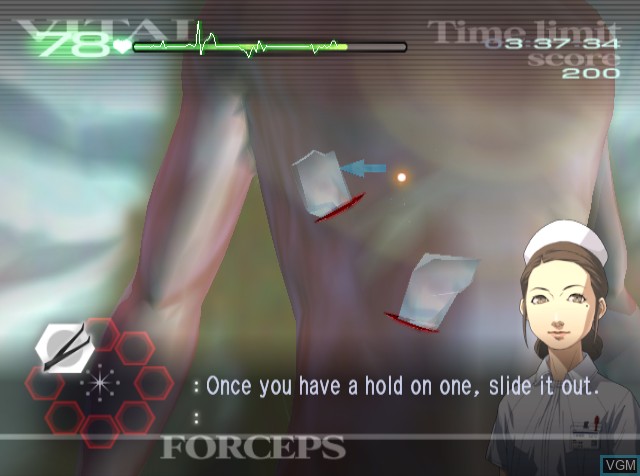
29 A significant portion of acute care costs were attributed to transporting low-risk patients to high-resource hospitals. 25–28 An analysis of adjusted cost of acute care injury (prehospital Emergency Medical Services (EMS), ED, and hospital admission costs) by hospital type and injury severity in patients transported by EMS to acute care hospitals demonstrated the highest cost in major trauma centers, even among patients with minor injuries. 24 Further studies that evaluate two-tiered trauma response systems have demonstrated improved accuracy of predicting immediate treatment need and safety of major trauma patients thus, allowing more efficient use of trauma personnel.

Baxt et al suggest that a more cost-effective triage approach for a trauma center is to identify major resuscitations and then subject all other triaged patients to a more limited and cost-effective evaluation.

Current field triage guidelines 19 are based on the risk of being seriously injured. One key problem is that serious injury is not always known before ED arrival. 23 As healthcare reimbursements continue to decline, 1 innovative programs to effectively use hospital resources are essential for the viability of trauma centers in the future. Trauma ranks as the second most expensive condition in terms of healthcare spending in the USA, exceeded only by heart disease. 20 21 The challenge of prehospital triage is further confounded by the use of anticoagulants and antiplatelet agents in trauma patients, as well as the increasing elderly population.
#Trauma center second opinion z 4 full#
20 Although full trauma team activation has been shown to lower ED length of stay (LOS) and in-hospital mortality in injured geriatric patients, high-level trauma activation is a burden on human and physical resource use, along with hospital charges, especially in less severely injured patients. 19 However, such a high overtriage rate may not be sustainable due to the high cost of trauma team activation. 18 Field triage guidelines established by the ACS-COT are based on a 5% undertriage rate and 30% to 50% overtriage rate. 17 The CDC reconvened the Panel in 2011 and the guidelines were further modified.

16 Faul and colleagues reviewed the National Trauma Databank and found a 12% reduction in overtriage using the 2006 compared with the 1999 field triage guidelines. In 2005, the Centers for Disease Control and Prevention (CDC) in collaboration with the ACS-COT and the National Highway Traffic Safety Administration facilitated revision of these guidelines by the National Expert Panel (the Panel) which included injury care providers, public health professionals, automotive industry representatives, and officials from federal agencies. 13–15 With each revision, the scheme was re-evaluated by the ACS-Committee on Trauma (COT) and analyzed in the context of available literature and expert opinion. 12 Between 19, the ACS Decision Scheme was revised three times (1990, 1993, and 1999). 11 The American College of Surgeons (ACS) first designed the Field Categorization of Trauma Patients in 1986 based mainly on expert opinion.

The goal of a trauma triage system is to maximize sensitivity to prevent undertriage while maximizing specificity to minimize overtriage. Improvements in trauma triage to get the ‘right patient’ to the ‘right hospital’ is a balancing act between overtriage (transporting patients with minor injuries to major trauma centers) and undertriage (transporting seriously injured patients to non-trauma centers) for trauma systems. 10 Transporting injured patients to the most appropriate medical facility impacts injury-related morbidity and mortality as well as cost of care. 8įrom 1994 to 2014, emergency department (ED) visits have increased from 90.5 million to over 136 million 9 with 37 million injury-related ED visits in the USA in 2014. 7 Current literature support that a combination of physiologic and anatomic parameters, along with selected mechanism of injuries, comorbidities, and extremes of age may provide the best prehospital and in-hospital triage performance. 5 6 Incorporation of criteria into trauma center triage standards is necessary to identify high-risk patients who may need urgent operating room use and intensive care unit (ICU) admission. 2–4 Development, implementation, and evaluation of trauma systems and related protocols have been ongoing in order to assess the safety, effectiveness, and efficiency of patient-centered trauma care. Regionalized trauma centers deliver rapid resuscitation, stabilization, and treatment with improved clinical outcomes.


 0 kommentar(er)
0 kommentar(er)
